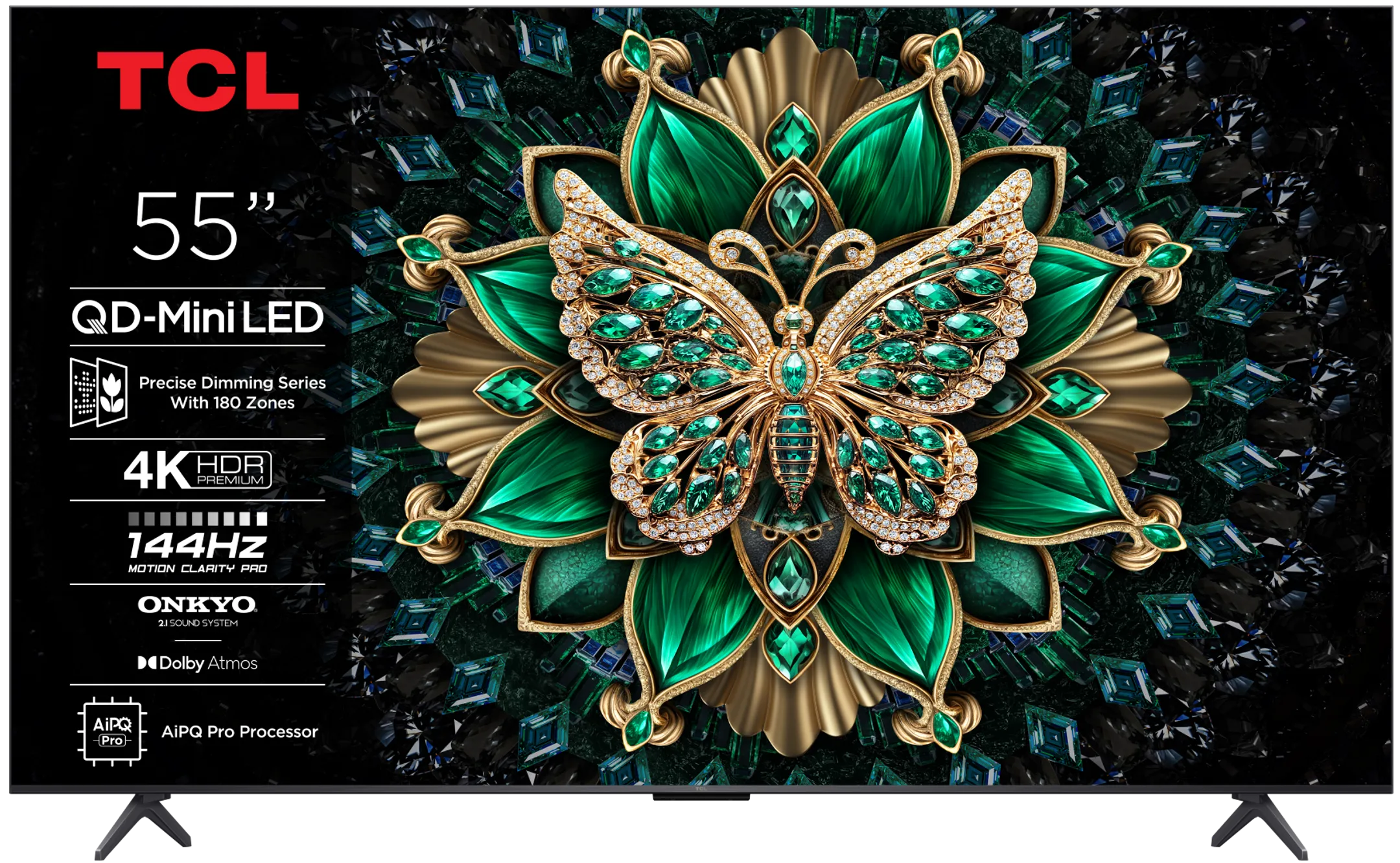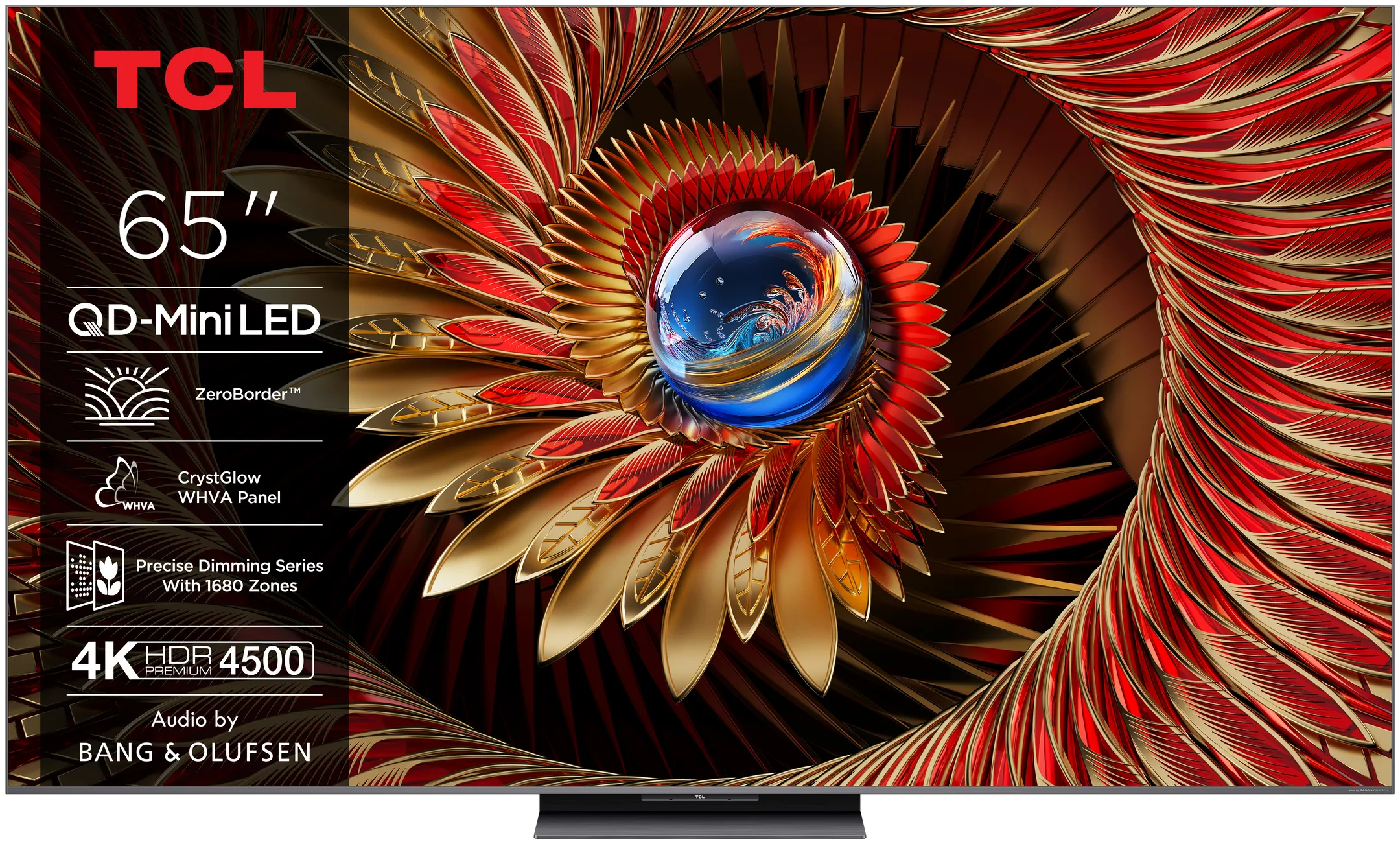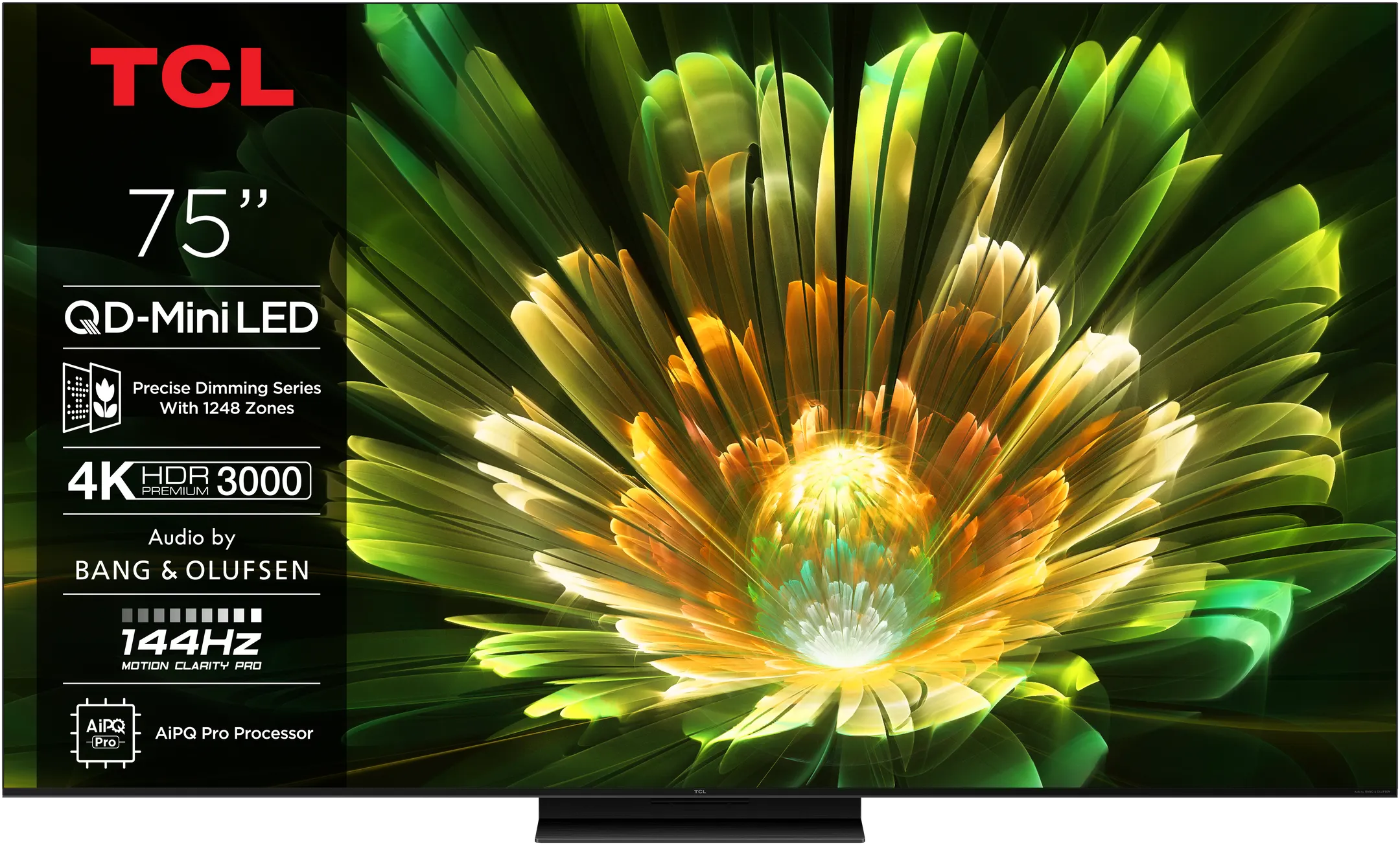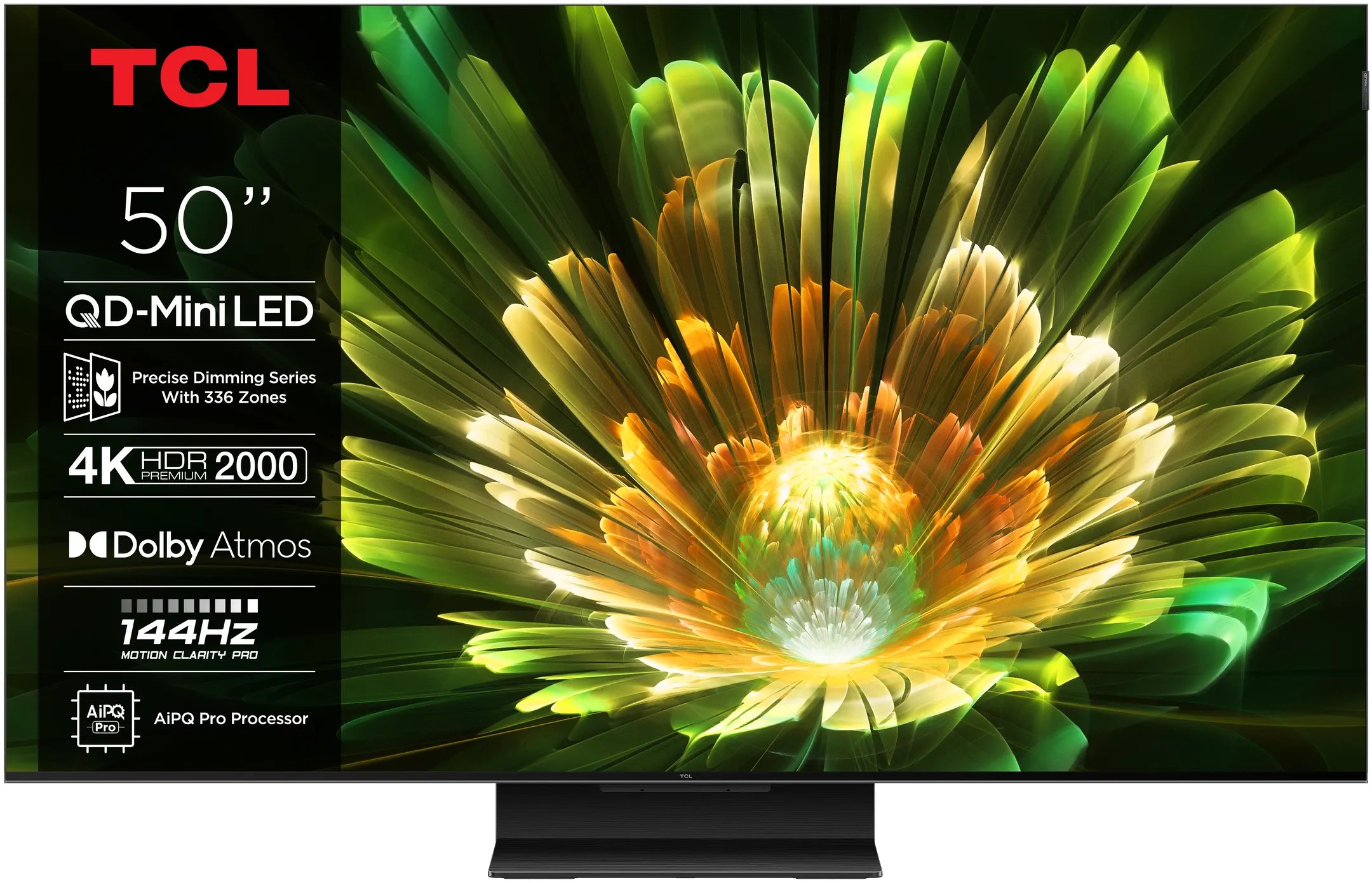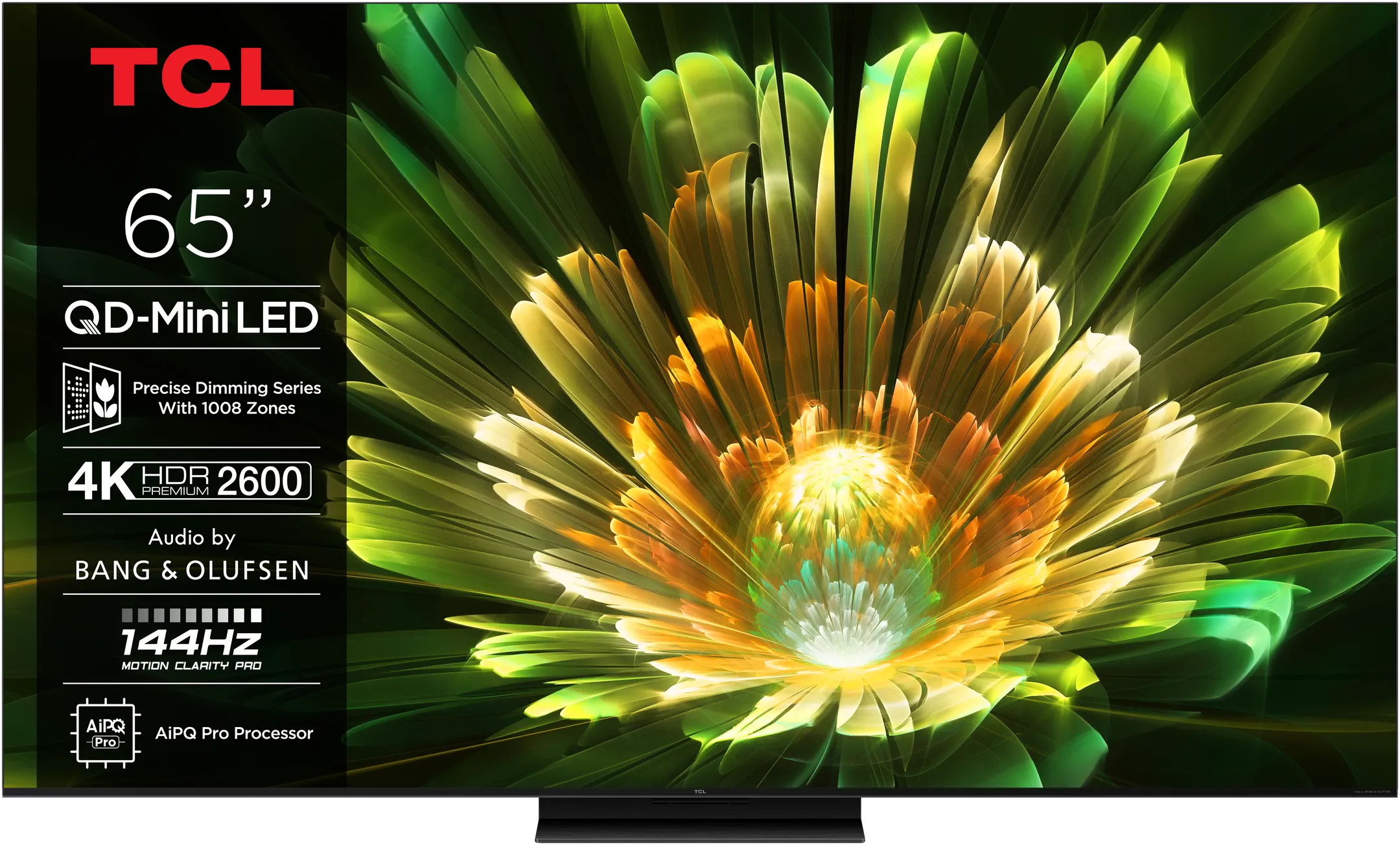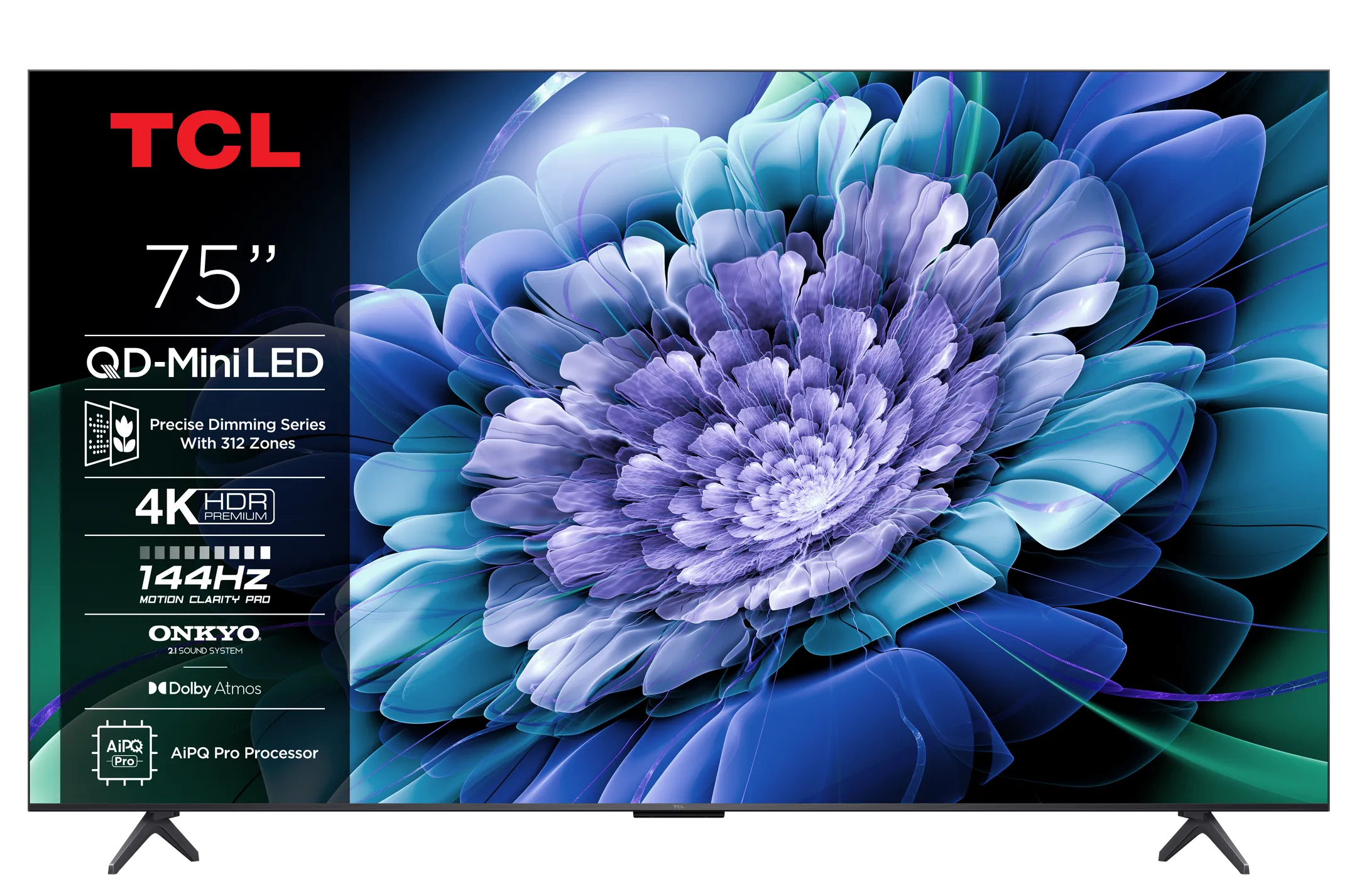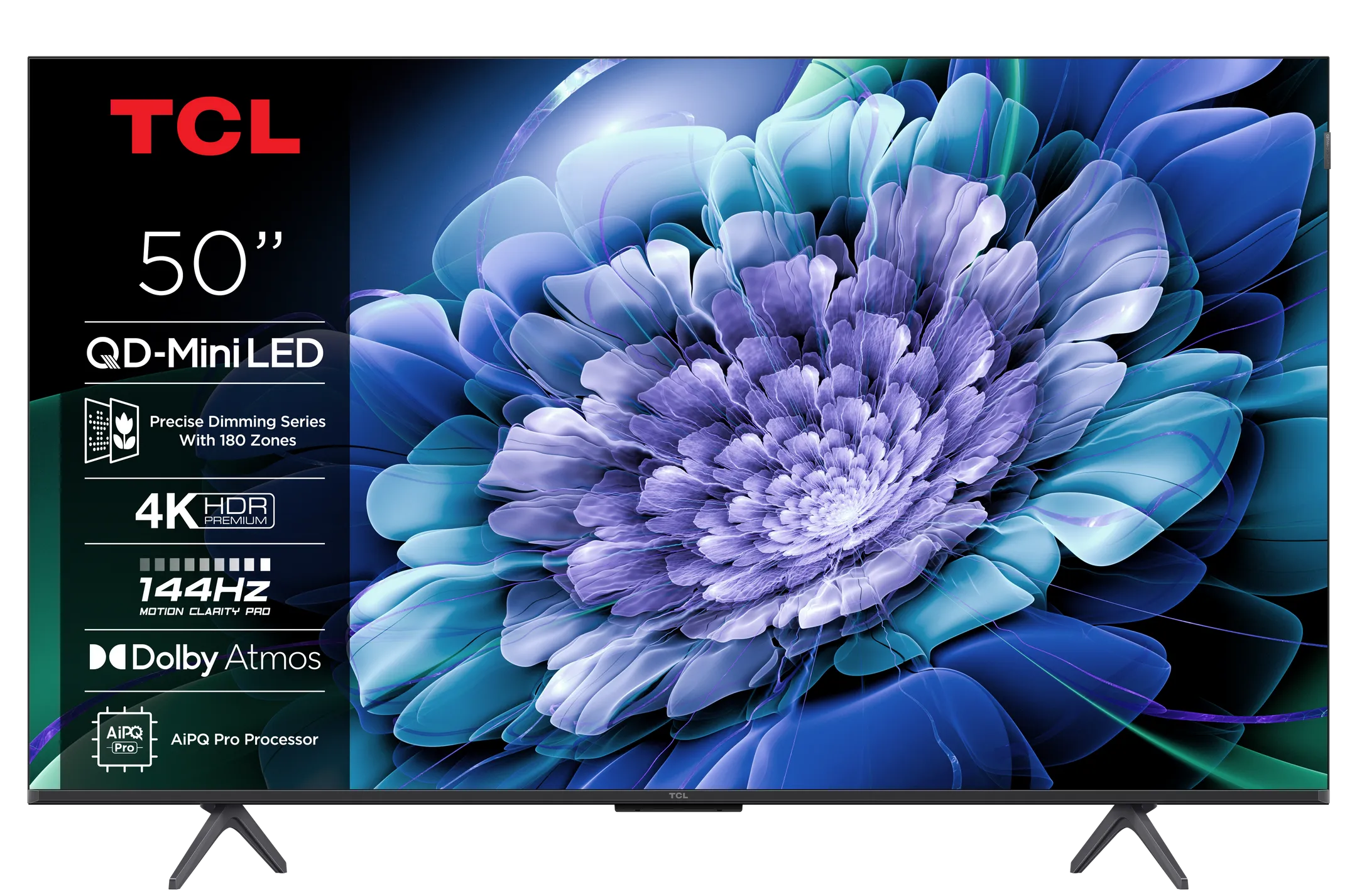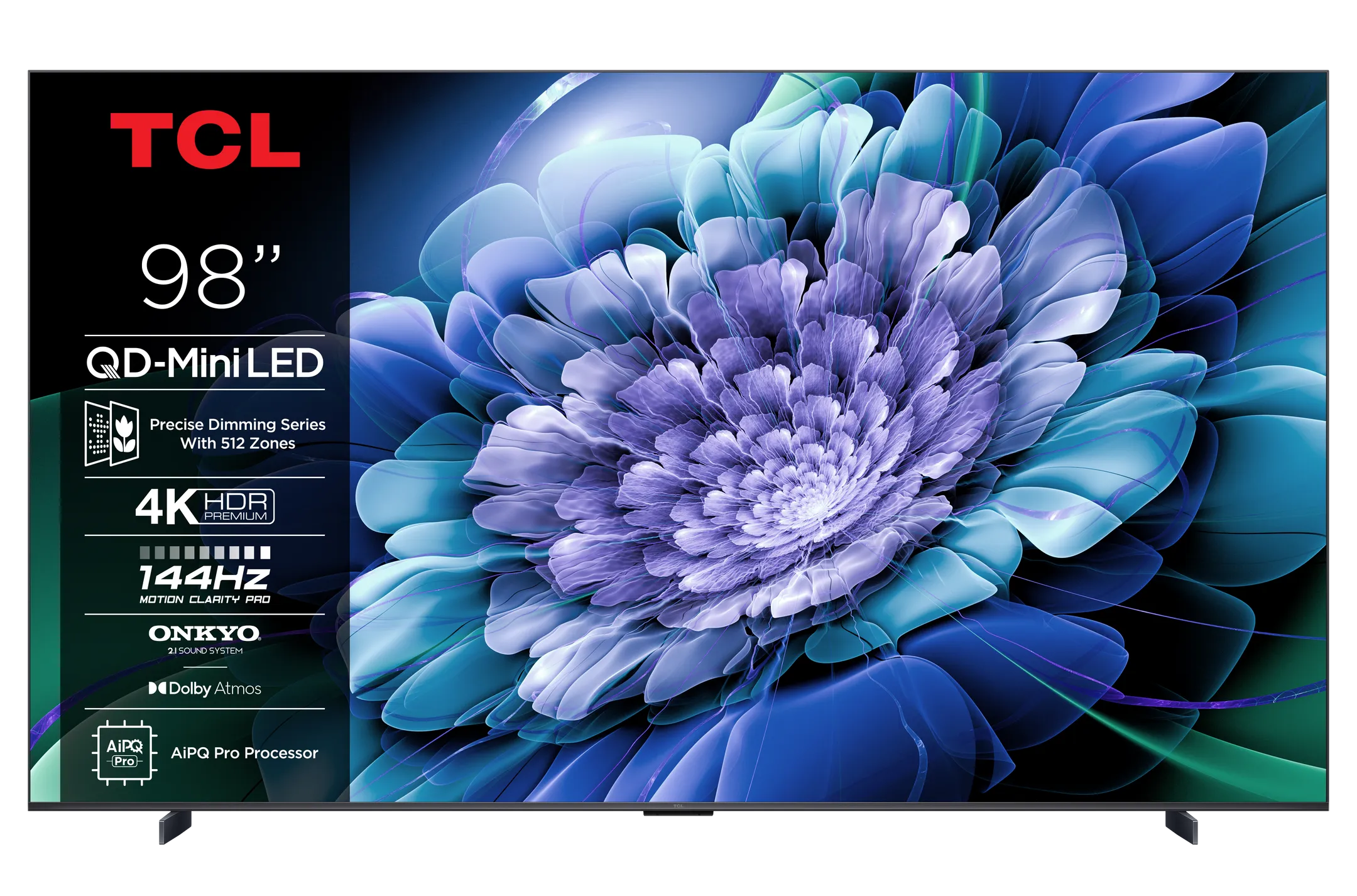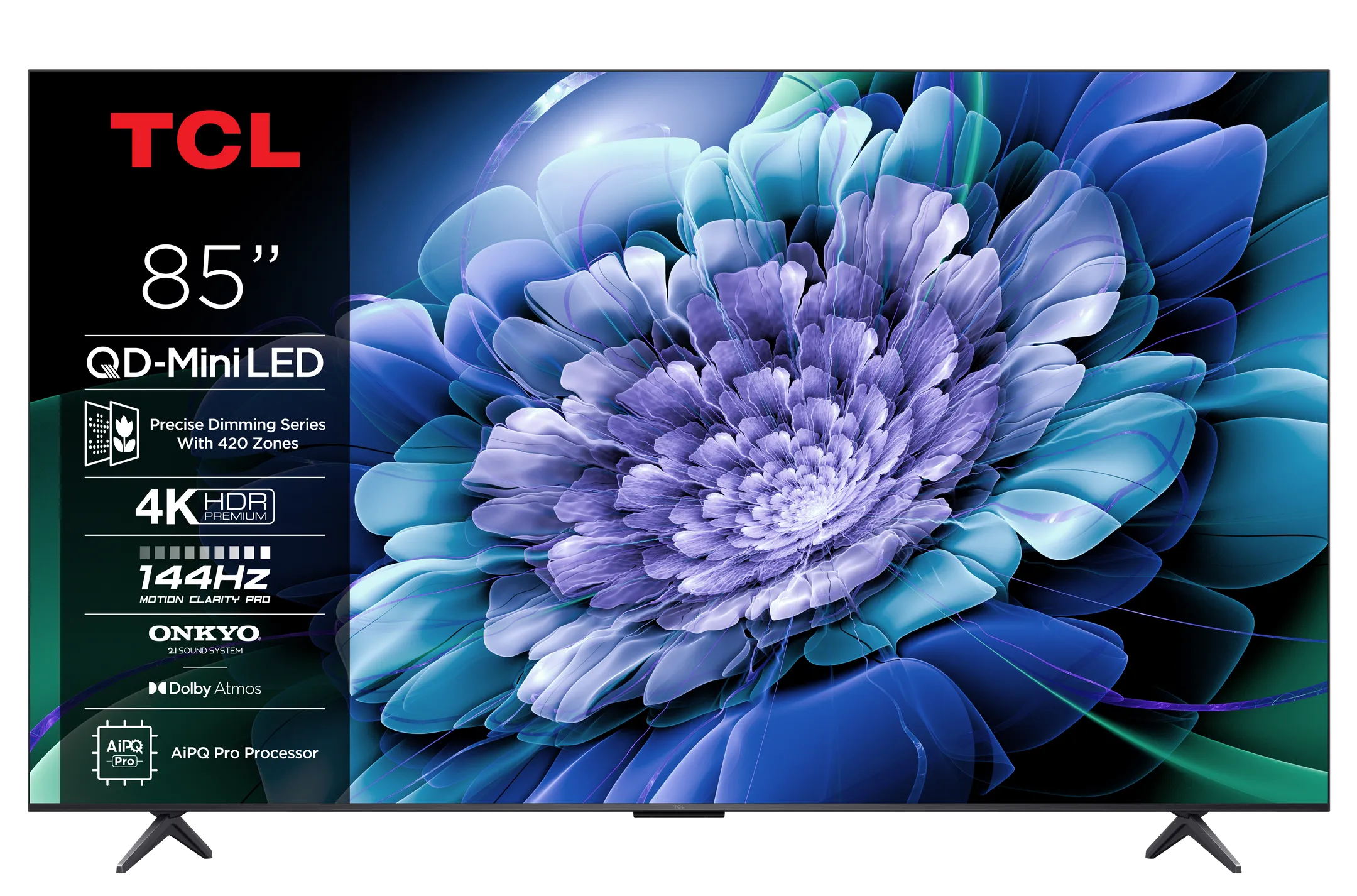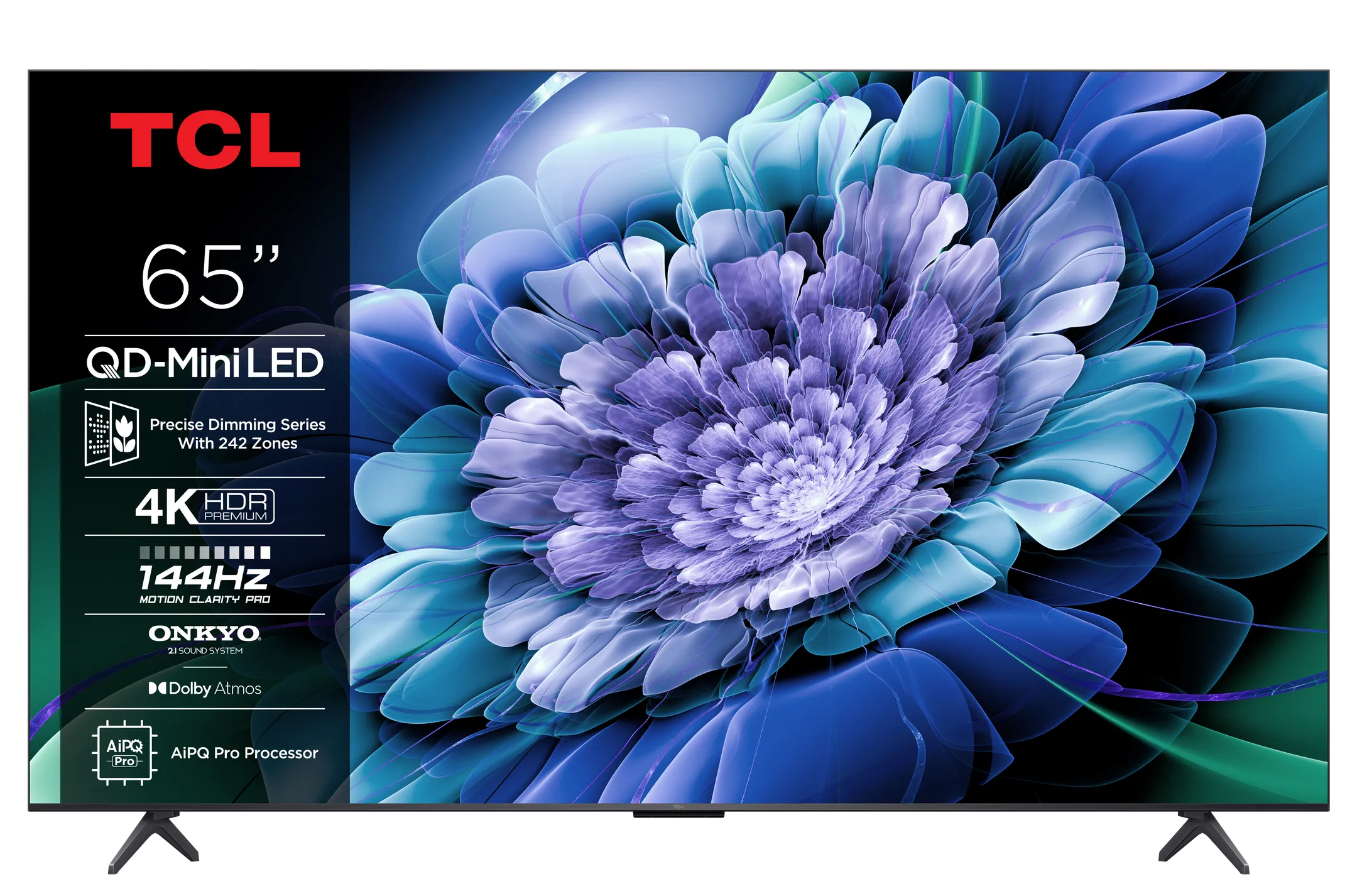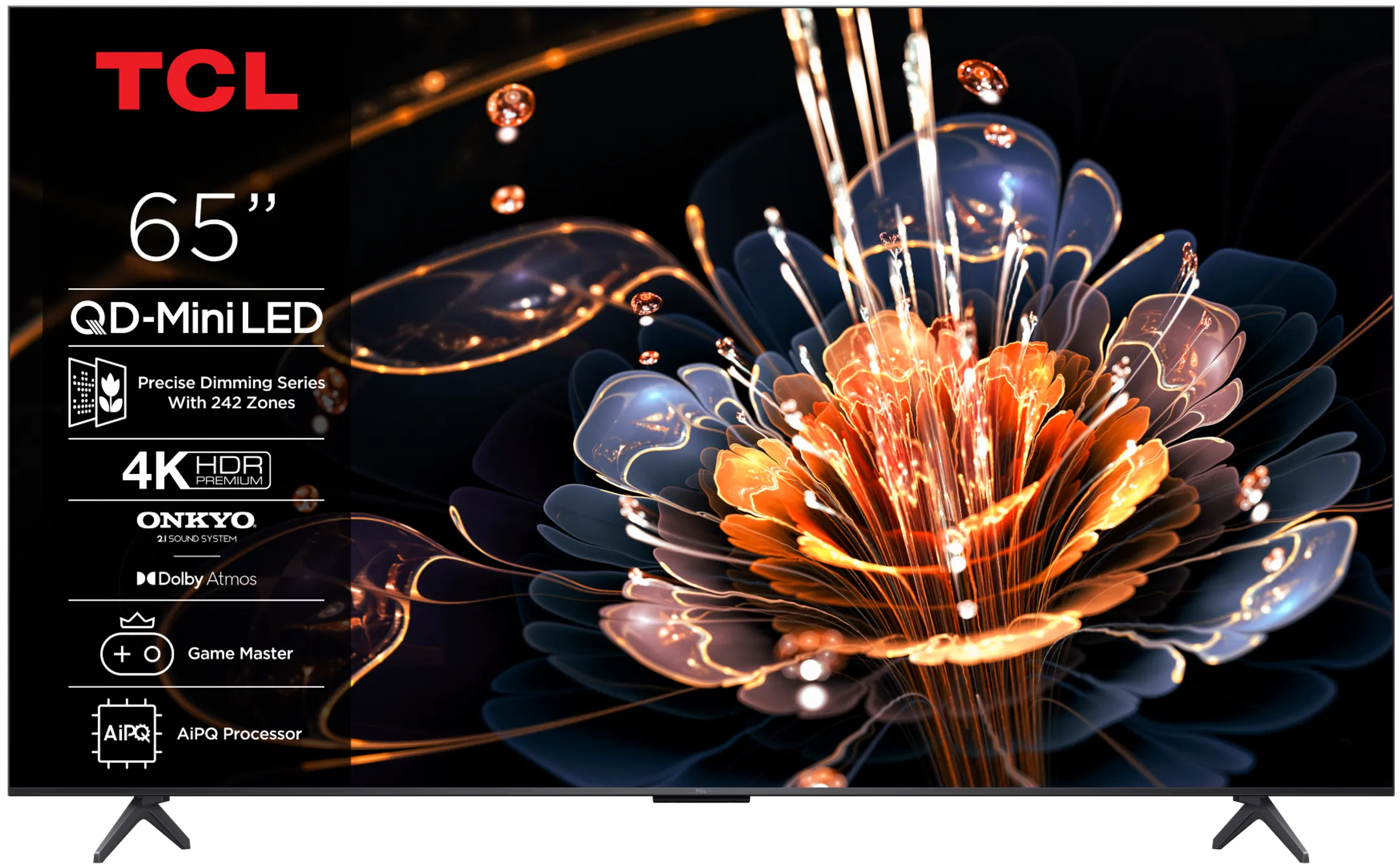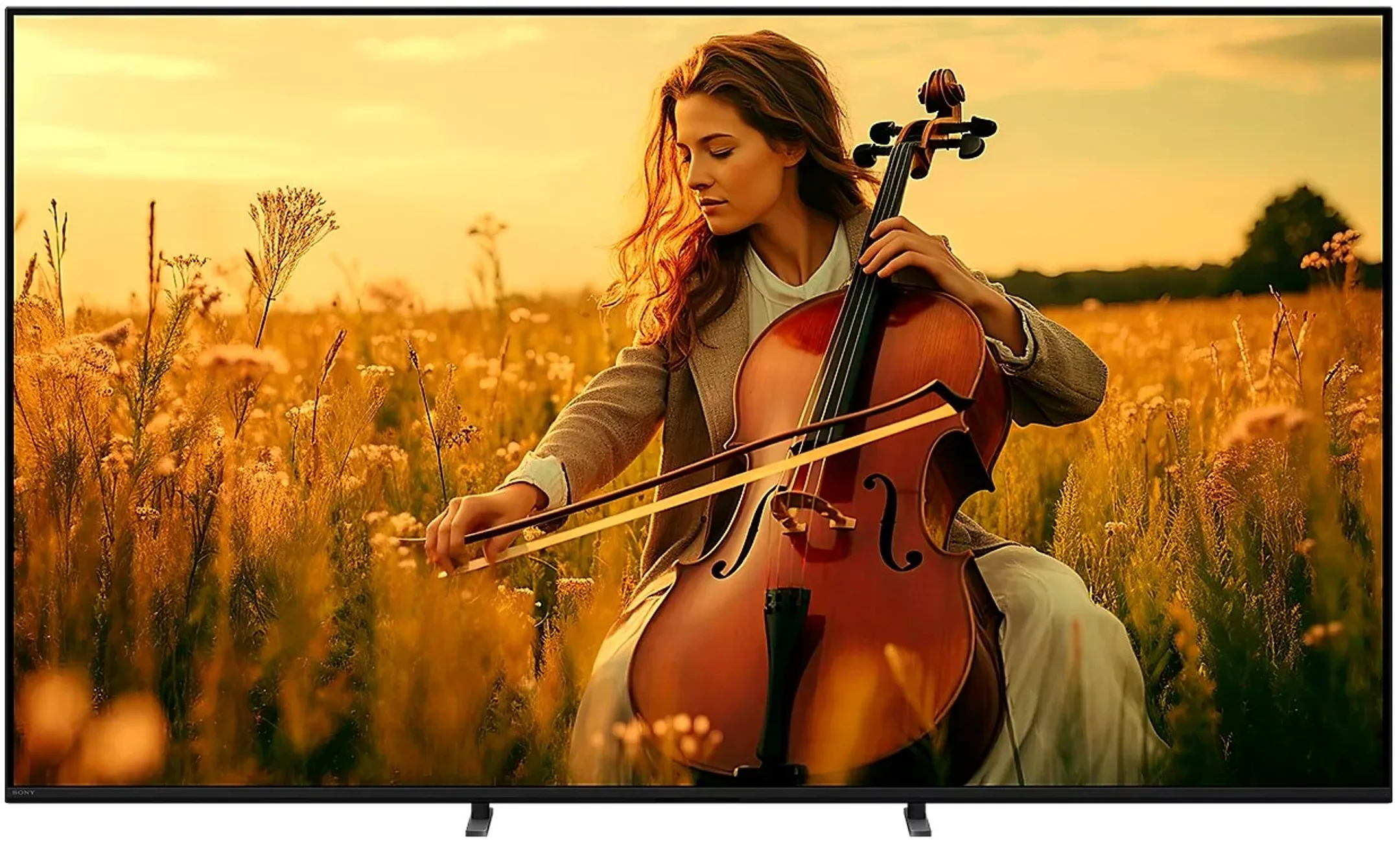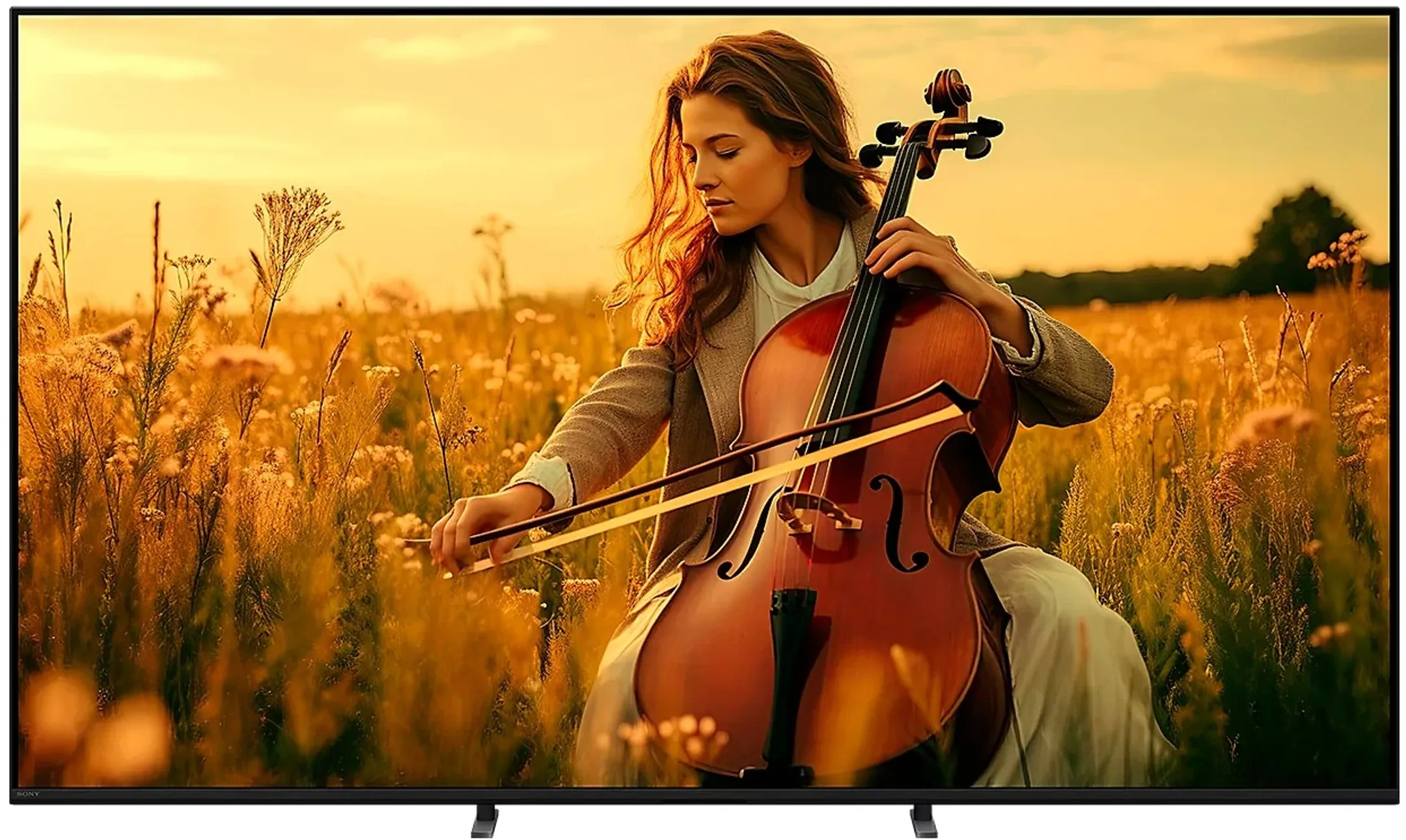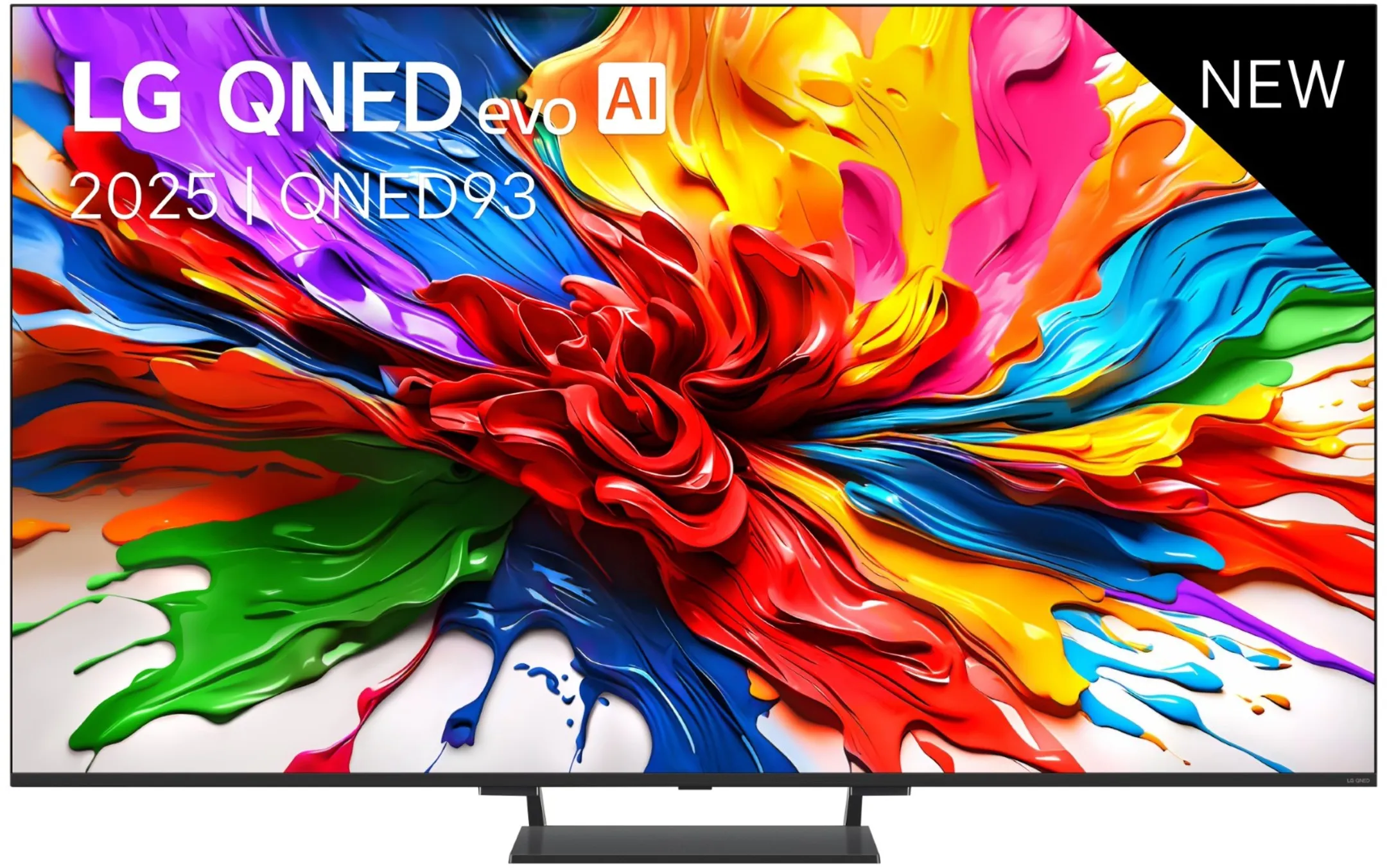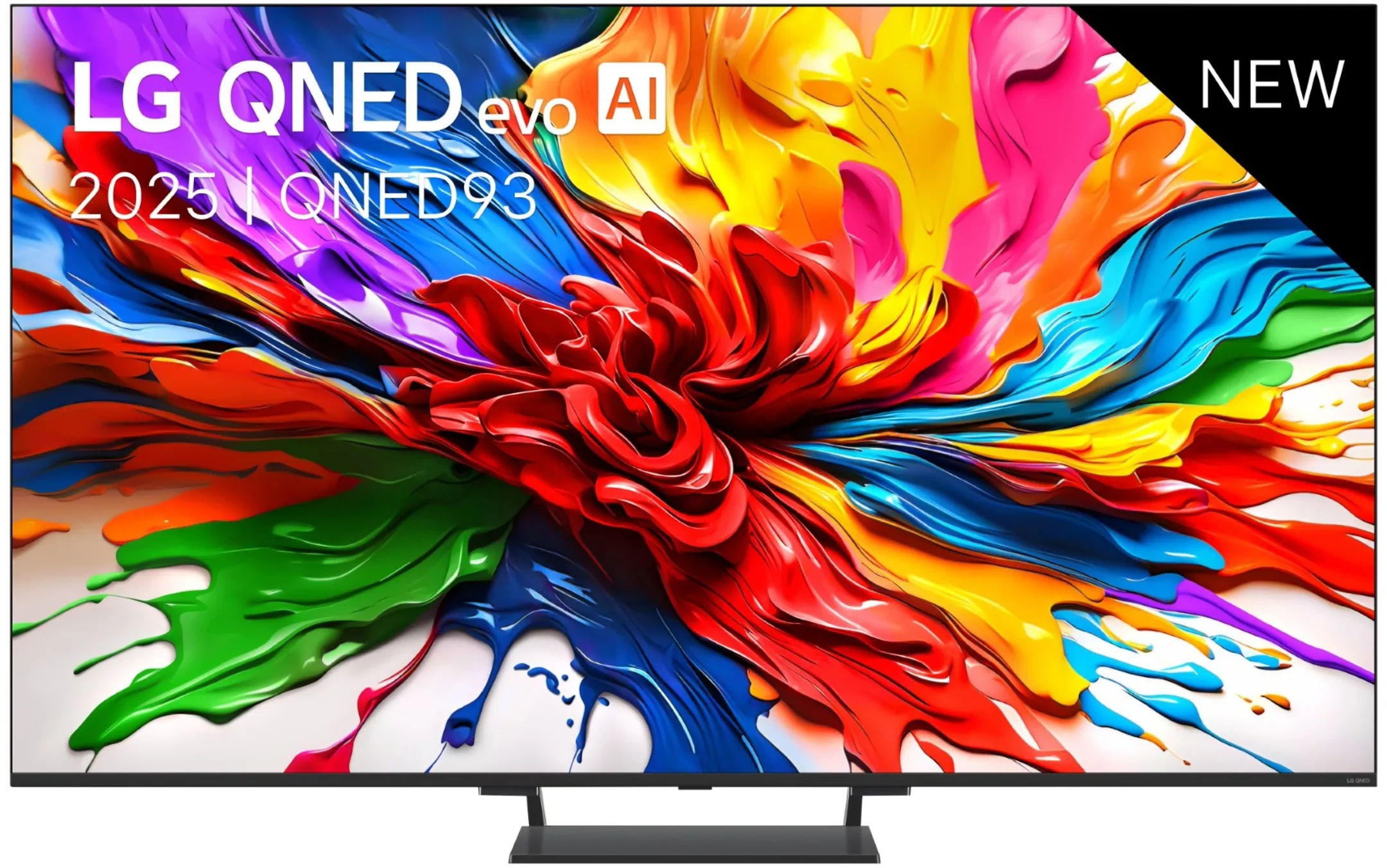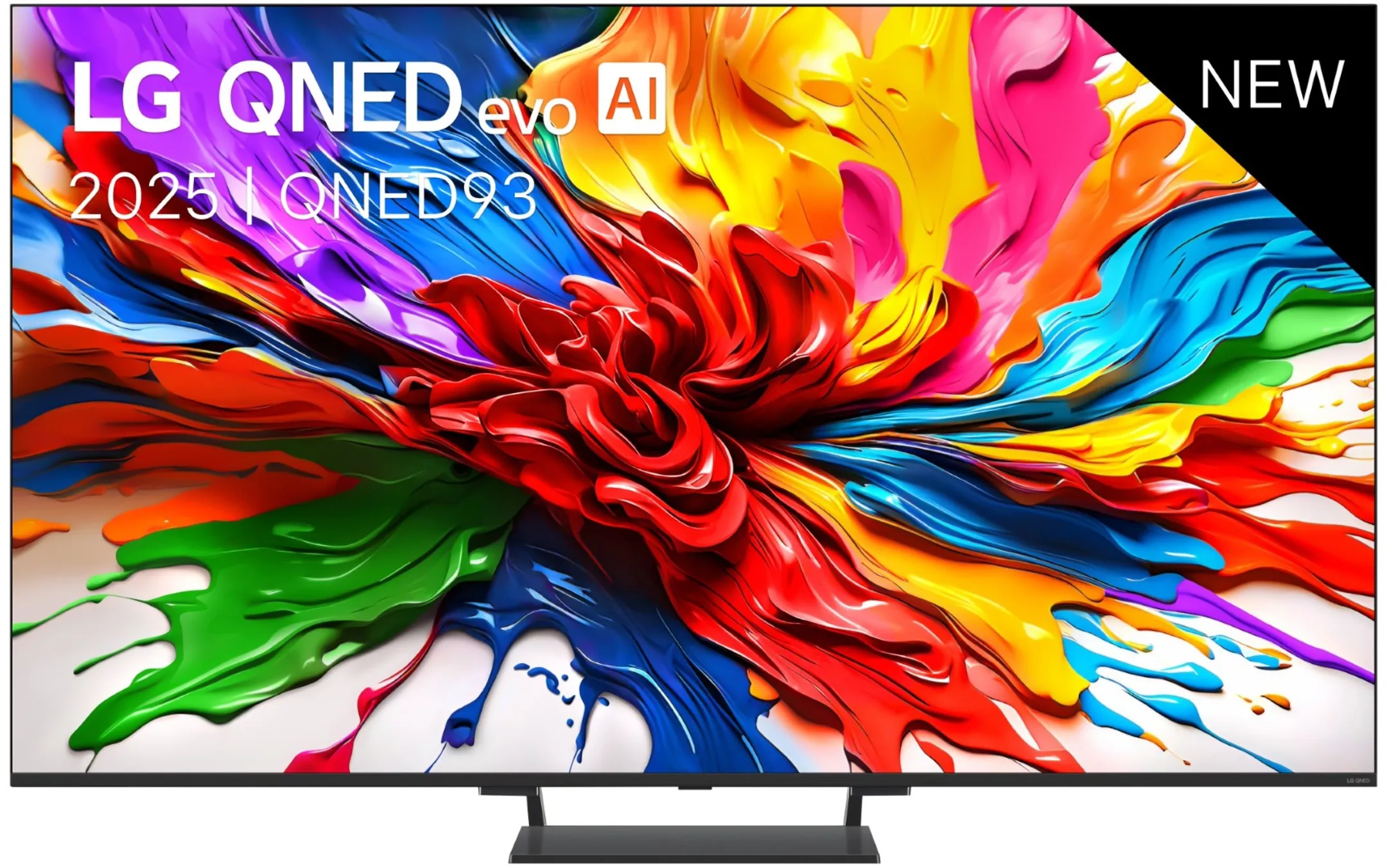MINI-LED TV
If you are looking for a television that delivers exceptional picture quality to enhance your home cinema or gaming experience, Mini LED technology is a must-have solution. This article will guide you through the advantages of this innovative technology, introduce you to the best brands on the market, and provide practical tips for choosing the Mini LED TV that best suits your needs.
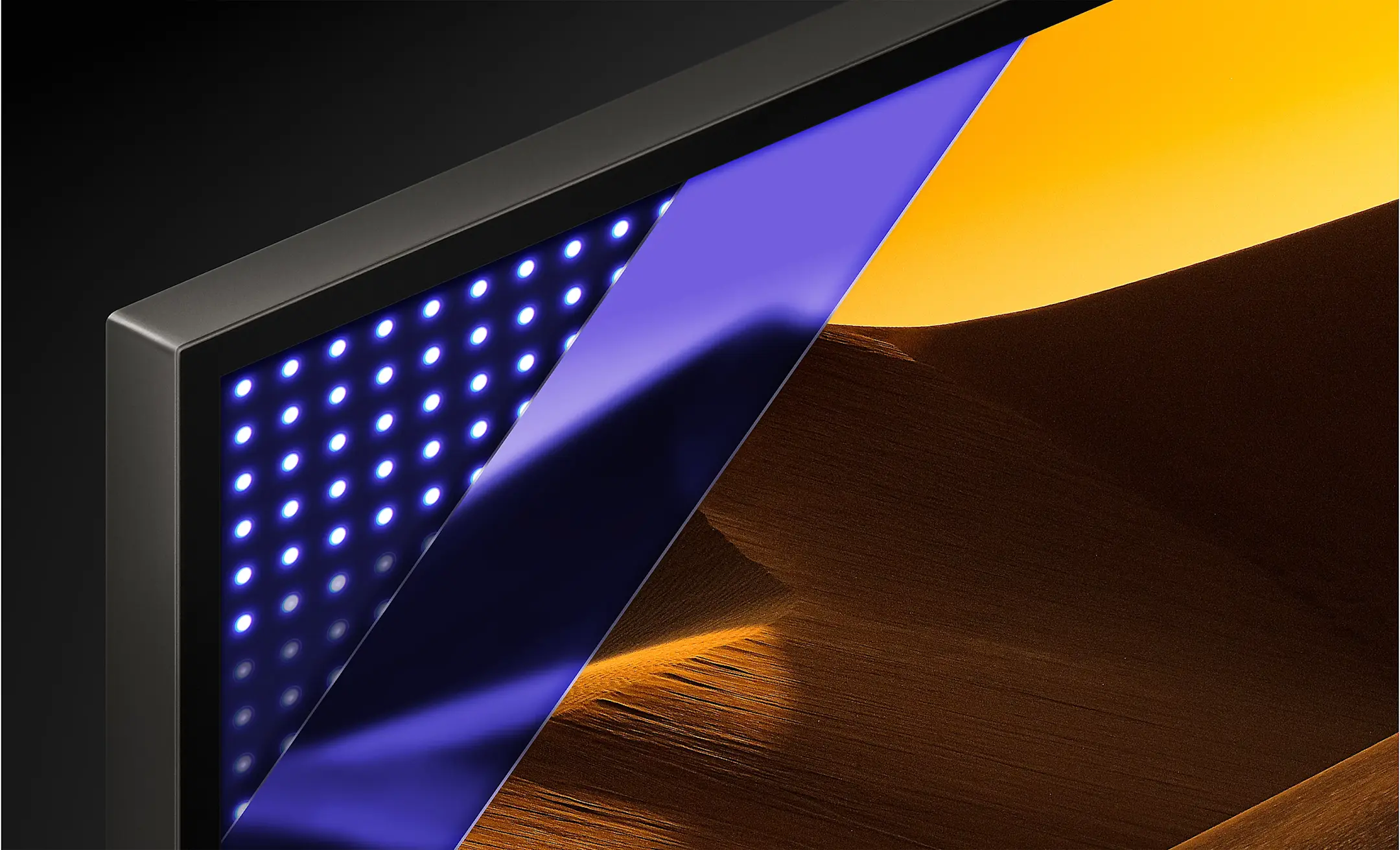
What is Mini LED technology?
Mini LED technology relies on the use of thousands of tiny light-emitting diodes to backlight the screen. Compared to traditional LED backlighting, this innovation offers:
Better contrast control:
Thanks to more precise local dimming management, blacks are deeper, and whites are brighter.Increased brightness:
Mini LEDs provide exceptional brightness, making them ideal for well-lit environments.Improved durability:
The even distribution of light reduces the risk of image burn-in and extends the lifespan of your TV.
This technology stands out as a highly compelling alternative to OLED and QLED screens, combining the best of both worlds: high contrast and impressive brightness.

The advantages of Mini LED televisions
Adopting a Mini LED TV means choosing a high-level visual immersion for your movie nights, gaming sessions, or sports events. Here are some key advantages:
Contrast and Color Precision:
Precise brightness control allows for sharp images with subtle details, even in the darkest scenes.
HDR Performance:
Mini LED TVs excel in processing HDR content, offering an extended dynamic range for more realistic images.
Glare Reduction:
Recent models incorporate anti-glare treatments, making them perfect for use in bright environments.
Energy Optimization:
Despite their power, these TVs are designed to be energy-efficient, which is a significant advantage for daily use.
These features make Mini LED TVs a smart choice for anyone looking to invest in a high-performance and durable television.

Comparison of the Best Mini LED TV Brands
After Testing the Main Models, Here’s Our Feedback on the Leading Brands
Samsung: The Perfect Balance
Samsung’s Neo QLED TVs (their branding for Mini LED) particularly impressed us with their versatility. If you’re looking for a Samsung Mini LED TV for your next purchase, know that they excel in all areas. We especially appreciated:
An intuitive user interface that even a child could master in just a few minutes.
One of the best image processing technologies on the market.
Improved viewing angles compared to previous generations.
After conducting an in-depth comparison of Samsung Mini LED models, we particularly recommend the QN90C series for its excellent value for money.
LG: Elegance and Performance
LG offers Mini LED TVs that stand out as much for their design as for their technology. We had the chance to test the best LG Mini LED TV from the QNED range, and we were won over by:
The exceptionally thin bezels, giving the impression that the image is floating in the air.
The high-quality HDR processing, particularly impressive with Dolby Vision content.
The webOS interface, still as smooth and intuitive as ever.
If you check a LG Mini LED buying guide, you’ll often see the QNED91 model mentioned, which we believe offers the best balance in their lineup.
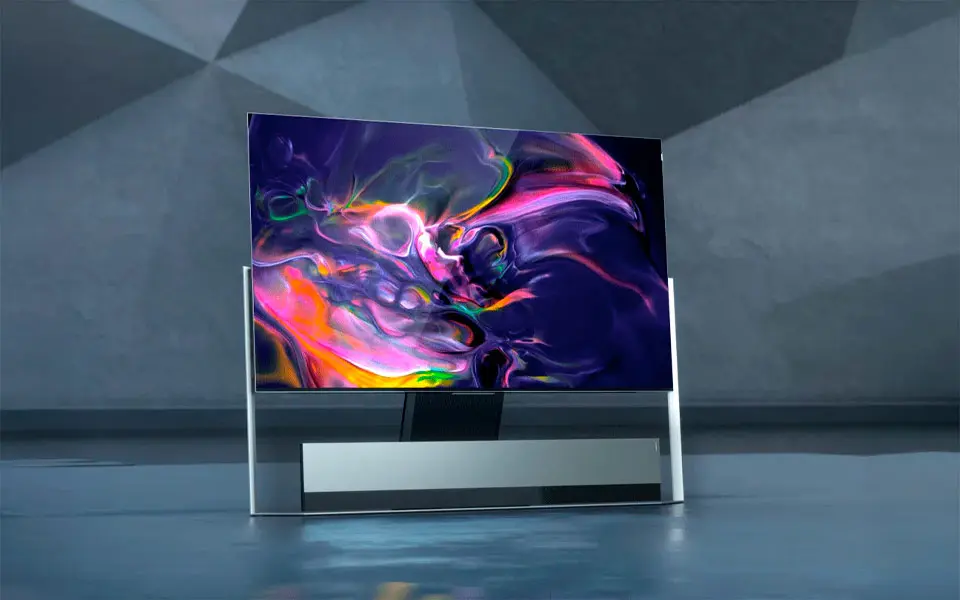
How to choose the Mini LED screen that truly suits you?
After assisting many customers with their purchases, here are our personalized tips for making the right choice:
The ideal size depends on your living space. The rule we apply: measure the distance between your sofa and the TV location, then divide by 2.5. This gives you the ideal screen diagonal in inches. In our medium-sized demo rooms, a 65-inch TV offers perfect immersion without being overwhelming.
Choose between 4K and 8K based on your visual expectations. 4K already provides impressive resolution, but the 8K experience is truly stunning for native content and represents a future-proof investment. We were amazed by the sharpness and level of detail on 8K models during in-store demonstrations. Regardless of your choice, make sure your TV supports multiple HDR formats (ideally HDR10+ and Dolby Vision) to fully enjoy all your content.
Smart features make a big difference in daily use. Choose a responsive system with the apps you use regularly. We particularly appreciated models compatible with Google Assistant, allowing seamless control of an entire smart home ecosystem.
Don't forget the sound! It's often the weak point of ultra-thin TVs. If you’re on a budget, consider buying a soundbar from the start to enhance the experience. However, some Philips and Sony models offer fairly decent built-in sound.
By following this Mini LED TV 2025 buying guide and checking reviews on Mini LED TVs for home theater, you will surely find the best value-for-money model among today’s available options.
MINI LED TV
Updated on August 12, 2025




